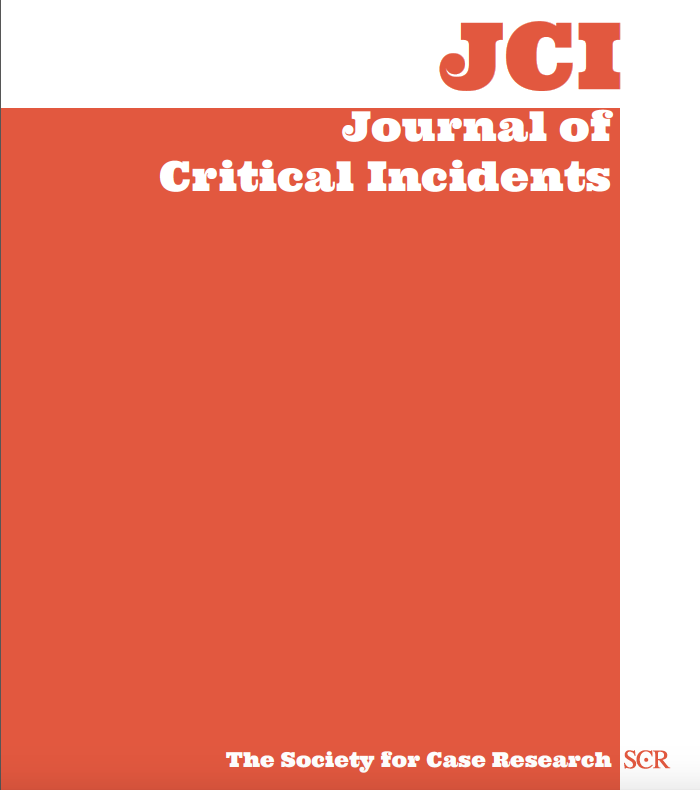Robinhood or Sheriff of Nottingham?

On January 28, 2021, just before dawn on the West Coast of the United States, Vladimir Tenev, the CEO of Robinhood, received a margin call from the U.S. equity clearinghouse requiring the brokerage firm to deposit three billion dollars in order to clear its clients’ trades. Many of these trades were for the stock and options of a single corporation: GameStop. Tenev had to act quickly to save his company. If Robinhood limited the trading activity in GameStop, Robinhood could negotiate down the amount of funds the clearinghouse demanded. However, if it did so, the broker would be heavily criticized with claims it betrayed its base of small investors to side with large institutional investors. Robinhood billed itself as the company with a financial trading platform which democratized finance by revolutionizing the way individual investors traded financial instruments. Robinhood radically disrupted the financial services sector through commission-free trades and an easy-to-use application which attracted large numbers of small investors. This made Robinhood among the most widely-used app-based trading platforms. Everything seemed to be going smoothly despite sometimes running afoul of financial regulators, and Robinhood planned an initial public offering in 2021. Worries about a strong social media backlash reinforced Tenev’s uncertainty: how could he save his company without alienating his most loyal customers, raise the necessary funds, and keep Robinhood on track with its strategic plans?
1. Assess the role of clearinghouses in managing counterparty risk.
2. Evaluate the risks and benefits associated with Pay-for-Order Flow (PFOF) compensation mechanisms.
3. Evaluate short-term strategies brokers can take during liquidity crises.
4. Analyze the impacts of market turmoil and liquidity constraints on brokers’ strategic plans.
